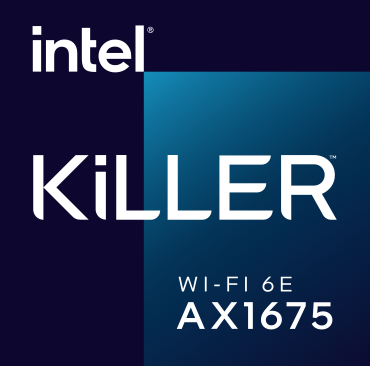320 MHz bandwidth it the headline and will be the most touted and obvious to consumers. Think of all those even bigger BNOBs the marketeers will get to yap about.Hm, I thought it brought other notable improvements.
The other feature that could bring practical benefit is Multi-band/multi-channel aggregation and operation. This has been attempted already, but with non-standard implementations. Intel supposedly announced "double connect technology" according to Wi-Fi Now. But that site is about the only place I can find reference to it. Nothing on Intel's site.
Is your concern here cost?Maybe Wifi 7 SoCs will be able to consolidate all these channels so a single radio can cover them all,





